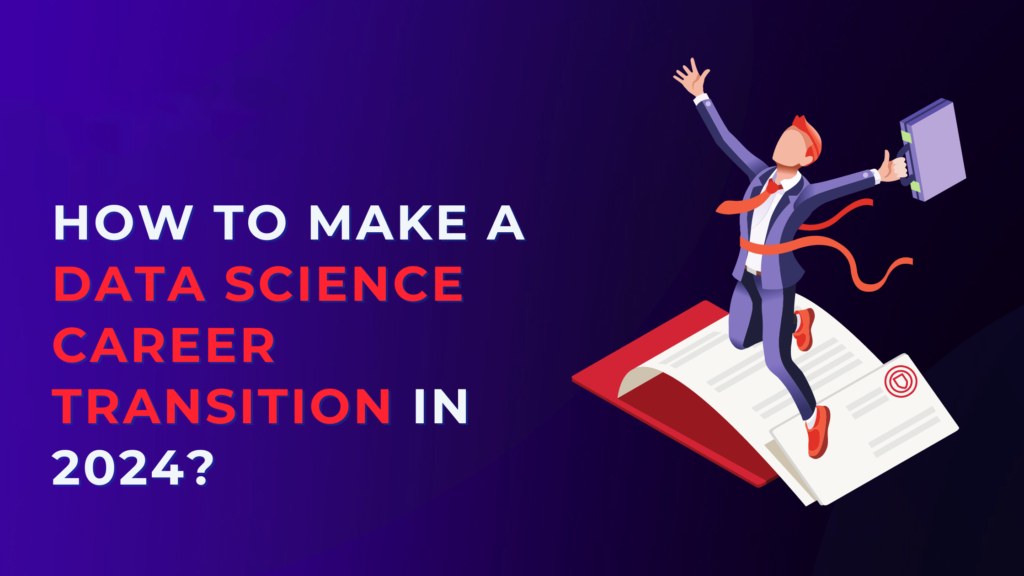Transitioning from a Business Analyst to a Data Scientist involves acquiring new skills, knowledge, and experiences in data analysis, statistics, programming, and machine learning. Here’s a roadmap for making this transition in 2024:
- Assess Your Skills and Knowledge:
- Identify the gaps between your current skills as a Business Analyst and the skills required for a Data Scientist role.
- Evaluate your proficiency in programming languages like Python or R, statistical analysis, data manipulation, and machine learning concepts.
- Learn Data Science Fundamentals:
- Enroll in online courses, bootcamps, or university programs focused on data science fundamentals.
- Master key concepts such as data wrangling, exploratory data analysis, hypothesis testing, and predictive modeling.
- Gain Hands-On Experience:
- Apply your newly acquired knowledge to real-world projects. Seek opportunities within your current role or take on freelance projects to gain practical experience.
- Utilize datasets available online or participate in competitions on platforms like Kaggle to practice your skills.
- Build a Strong Foundation in Programming:
- Develop proficiency in programming languages commonly used in data science, such as Python or R.
- Learn how to use libraries and frameworks like NumPy, pandas, scikit-learn, and TensorFlow for data manipulation, analysis, and machine learning.
- Specialize in Machine Learning and AI:
- Deepen your understanding of machine learning algorithms, including supervised and unsupervised learning techniques.
- Explore advanced topics such as deep learning, natural language processing, and computer vision to expand your skill set.
- Network and Collaborate:
- Engage with professionals in the data science community through online forums, meetups, and networking events.
- Collaborate on projects with experienced data scientists to learn from their expertise and gain valuable insights.
- Update Your Resume and Portfolio:
- Tailor your resume to highlight relevant skills, experiences, and projects related to data science.
- Build a portfolio showcasing your data science projects, including descriptions of the problem, methodology, and outcomes.
- Apply for Data Science Roles:
- Start applying for entry-level or junior data scientist positions once you feel confident in your skills and experience.
- Be prepared to demonstrate your capabilities through technical interviews, coding challenges, and case studies.
- Continuously Learn and Adapt:
- The field of data science is constantly evolving. Stay updated on the latest trends, technologies, and methodologies through continuous learning and professional development.
By following these steps and staying committed to your learning journey, you can successfully transition from a Business Analyst to a Data Scientist in 2024. Good luck!


Thank you